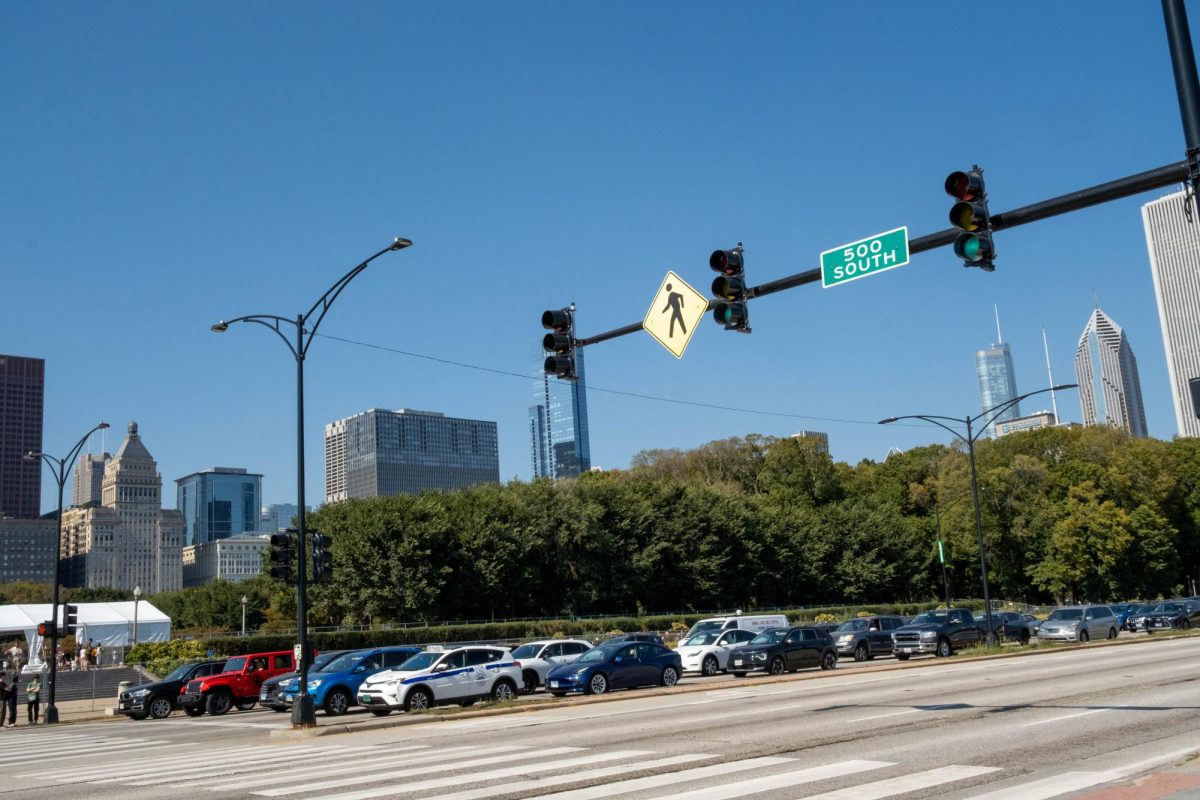In the April 30 issue of the Maroon, I wrote about how great of a player Barry Bonds is and how important he is to the sport of baseball. Well, aside from the arguments I laid forth about why people dislike him, there is now a stirring amongst baseball fans that his greatness is actually bad for baseball, because rather than pitch to him, opposing teams just walk him.
This year alone, Bonds has been intentionally walked 27 times. That’s more than the next closest team, the Arizona Diamondbacks, who have amassed just 17!
The other night the Phillies were ahead of the Giants 5-1 in the fourth inning when the Giants had runners on second and third with nobody out. Now in most cases, a team would try to get the out here, seeing as the Phils were leading by four runs. However, the Phillies opted to walk Bonds to load the bases with nobody out early in the game.
Crazy, you say? Not so much. Pedro Feliz promptly grounded into a rally-killing double play, and the much-maligned A.J. Pierzynski struck out to end the Giants’ threat with only one run scored. It was an easy decision to walk Bonds there. But if Bonds won’t be pitched to even in this atypical situation, will he ever be pitched to in any type of clutch situation? Doubtful.
So the question arises of what to do about opposing managers’ and pitchers’ fear of Bonds.
Should baseball ban the intentional walk? That plan won’t work because then we will see more unintentional intentional walks—four straight curves in the dirt.
Should the league limit the amount of intentional walks? Again, this will result in more unintentional intentional walks, which will inevitably prolong the game.
How about, as ESPN.com columnist Jayson Stark proposed, allowing the hitter to decline an intentional walk? Well, that plan could actually make some sense, as we would be able to see Bonds swing the bat more often, but in truth, the plan is ridiculous.
We could liken Bonds’ walks to the Hack-a-Shaq technique used in the NBA, where opposing teams often foul the poor free-throw shooting Shaquille O’Neal of the LA Lakers to preserve close leads. Now, do you think the NBA would ever allow Shaq to deny the fouls? Not a chance. How, then, could this seriously be considered in baseball?
To make it fair, the unintentional intentional walk would have to be outlawed too. But how could an umpire determine if the walk was intentional or not? Do balls thrown in the dirt automatically equate to an intentional walk? This would only open umpires to more scrutiny than they already receive. This rule change, which has been discussed by Major League Baseball, makes no sense at all.
Don’t fret, baseball fans, I have come up with the solution to the problem here, and it’s really quite simple. The answer is to have the Giants sign a player to their team who can actually hit and bat him behind Bonds.
Do you know why Babe Ruth, the most feared hitter of all time, was not intentionally walked as often as Bonds? It was because Lou Gehrig hit behind him. Now, that case from the 1920s Yankees teams is an extreme case, as two Hall of Famers rarely bat in the prime of their careers right next to each other, but the Giants’ solution doesn’t have to be a Hall of Famer.
Manny Rameriz doesn’t walk very often because David Ortiz hits behind him. Mark McGwire was not walked intentionally as often as Bonds in his 70-homer season because of the guys behind him, namely Jim Edmonds. So MLB should stop trying to think out of the box so much to stop these intentional walks to Bonds.
Any rule change will simply make the enforcement of them complicated and will take away from the nature of the baseball game.
The intentional walk is a risk/reward strategy that has, more often than not, worked when applied to Bonds. The only way that this can change is if the Giants put out a team that can consistently change the outcome.The only way to do this is for the Giants to actually add another hitter on their team to bat behind Bonds.








